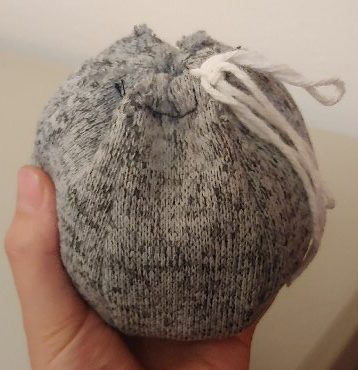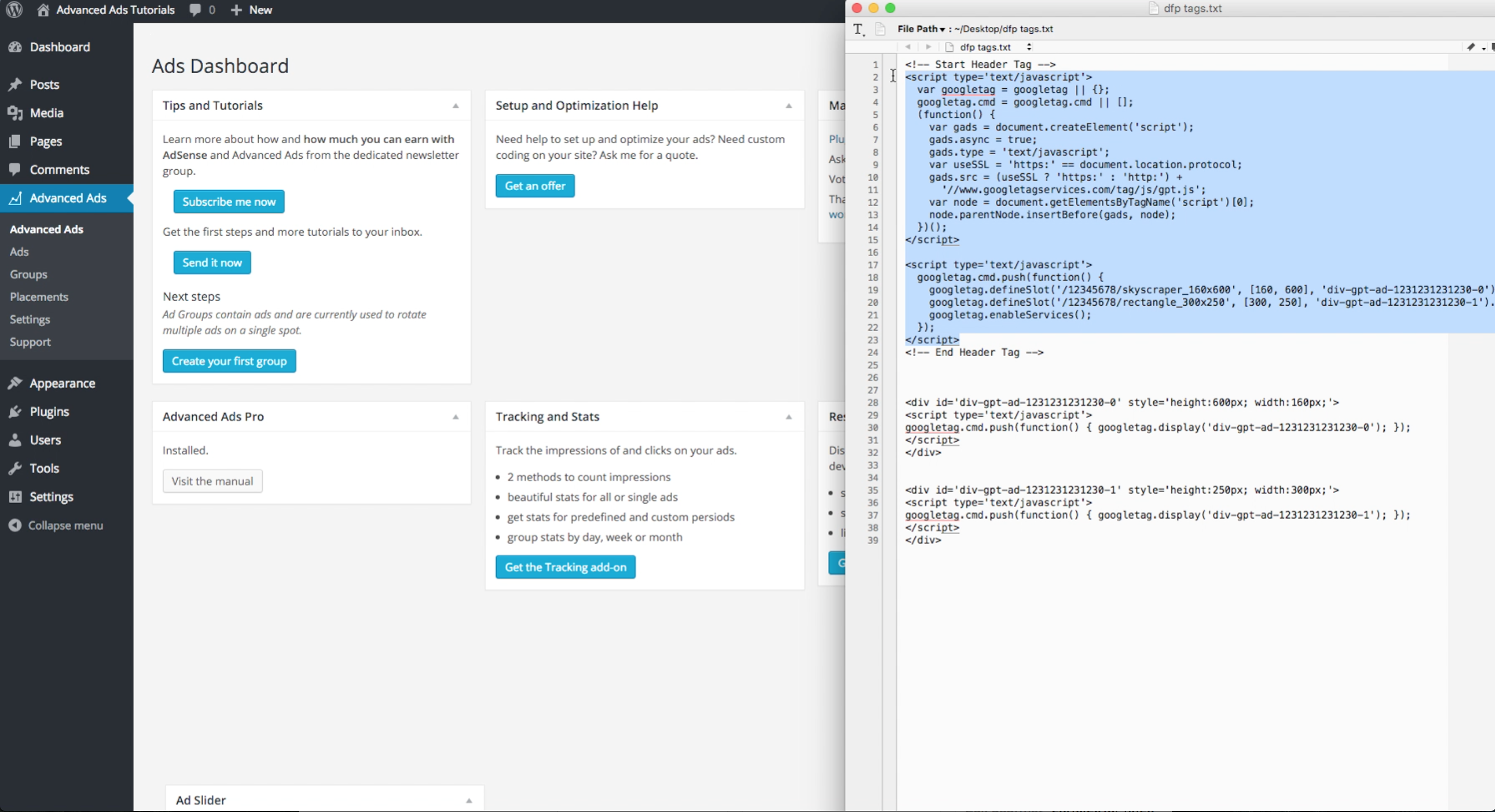How To Make A Sphere From A Flat Sheet
(A new question of the week)A recent question asking how to make a sphere out of flat material called for a look at an old question on the same topic, and some new ideas, including thoughts about approximation. And we actually get to see the physical result of our assistance, which is rare!
Designing a leather sphere
Contents
Here is the question, from last November:Reading: how to make a sphere from a flat sheetCan anyone teach me how to determine the circumferences of different parallel slices or cross sections of a sphere? Like if you sliced an orange and restacked it — what is the circumference at every point the knife cut through. I know that at one point in school I did learn how to do that, but that was many, many years ago and when I try to look it up all of the results are about volume and surface area, neither of which I want.For context, I am designing patterns to sew differently sized leather bags. I want a large section of their bodies to mimic a spherical shape as that is pleasing to the eye. To draft my first prototype patterns it would be really helpful to be able to start with marking down mathematically determined points so that I have a good (hopefully spherical) base to start with and can then from there create a pattern that produces as close to the shape I want in the end product as possible without too many re-do’s at the sewing machine and less material waste.Thank you for your time, and any help you’re able to give.Jessica has a good idea for making a sphere out of six pieces, namely that the width of each piece at any given level should be 1/6 of the circumference of the sphere at that level. There’s a little more work needed (because the height at which each width will be found on the piece she makes has to be measured on the circumference), but we can handle that. In fact, we did so already 20 years ago, so I provided a link to that, and to another site I found:Hi, Jessica.What you are doing is essentially what is done to make a globe, using “gores”.We have previously discussed this here, on the Ask Dr. Math site:Making Hemispheres out of PaperI have been thinking of making a blog post out of that, including pictures and specific examples to clarify exactly what to do. In fact, if you give me specific numbers for an example, we can work through that together.Meanwhile, you can search for the terms “globe gores” to find more information and pictures. I didn’t find any sites with calculations, but here is one that gives specific directions for making a globe (with more than 6 gores):The trouble is that nothing you do with flat surfaces can be exactly spherical; what you suggest, with only six gores, will look decidedly hexagonal from the top, unless the material stretches. As a result, it might be necessary to make a couple attempts in order to find what dimensions work best for your material. We have to decide whether the width should be based on the hexagon it will really be (chords), or the sphere you want it to be (arcs). You can make a first model of paper or fabric to see how it will work, but your first leather one may have different properties!So send me what you want for a first try (radius, and height if it is not to be a complete sphere), and I’ll get back to you with some numbers and a drawing. In fact, you may be able to just scale up the drawing as needed to get any size, assuming you stick with six gores.Real products generally require (just as Jessica expected) a mathematical first draft, modified to account for the realities of the material used. We’ll see that she is just as resourceful as other craftspeople I’ve known.
Making a paper hemisphere from gores
Before returning to that conversation, let’s look at the Ask Dr. Math page, which is from 1999: Making Hemispheres out of Paper I’m a high school math teacher, and I’ve been trying to figure out how you would make a sphere from a piece of paper, for example, if I wanted my geometry students to take a piece of paper and fold/cut it so that it would fit perfectly over the northern hemisphere of a globe. I first decided that I would focus on how to get a piece of paper to fold into a hemisphere. I think the best way would be to make the North Pole the center of the figure. I decided to use triangular wedges of 30 degrees. These triangular wedges are actually triangles I studied in non-Euclidean geometry because their angle measure is above 180 degrees, where the two congruent sides extending from the North Pole to the Equator are both perpendicular to the equator, but are 30 degrees apart in terms of longitudinal degrees. I can figure out the length of the base of this unique isosceles triangle, and I can also figure out the lengths of the congruent legs (since I can determine the radius). Where I have trouble is in how to convert this figure to a piece of paper. I know all three sides of this triangle are curved. I also know they are all parts of great circles. I don’t know how to actually draw these curves or what the actual angle is for the vertex angle of this isosceles triangle. What type of curves are the sides? I know the vertex angle would be less than 30 degrees when drawn on a flat piece of paper, but I don’t know what it would be in this case. Please help! What I have envisioned for the finished product (a pattern on a flat piece of paper that can be cut/folded so that it would become a hemisphere) of this figure would be similar to a flower, with the North Pole being the center of the flower, and each petal representing one of the non-Euclidean triangles. The empty spaces between these “petals” would be the unnecessary part of the hemisphere that would be folded under or cut off. Thanks for any help that you can give.What Matt called “triangles” are actually spherical triangles, with curved sides and curved interior; the reference to non-Euclidean geometry is apt. For a little about that, see Sum of Angles of a Triangle in Non-Euclidean Geometry.Here is an image from the site I referred to above, showing a set of 12 gores to make a globe: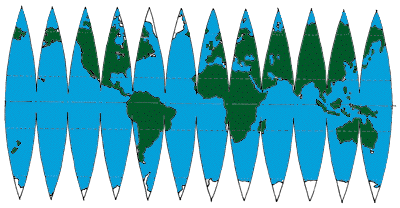
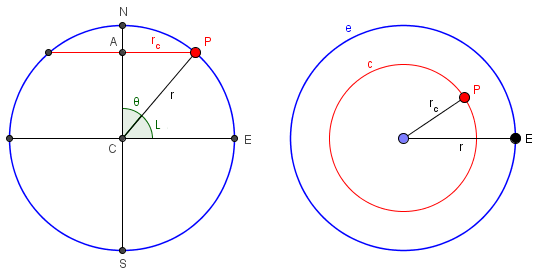
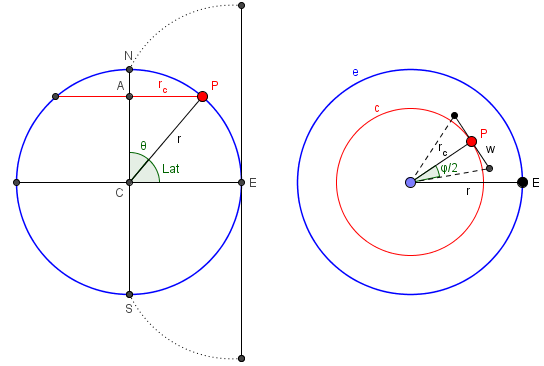
Good enough for hand work
Jessica answered:Hi Doctor Peterson,Thank you for getting back to me. I am not too worried about the shape being perfectly exact, but I am using a soft split sheepskin that is only 1-2 mm thick. For my test I used a felted knit fabric I had scraps of that, which are also nice and thick to test out seams and such for the same thickness at least. But you’re right, the leather will still behave a bit differently.I went ahead and figured I’d just start with checking out the second link you sent. I followed the directions up to making the first gore and then took some measurements on it (multiplied by 8 and divided by 6) to make the start for a pattern piece on some graph paper. It turned out really well I think. I still need to figure out what I’m going to do for the top closure but that will come in time. The initial sphere size i assumed was with a 2 inch radius.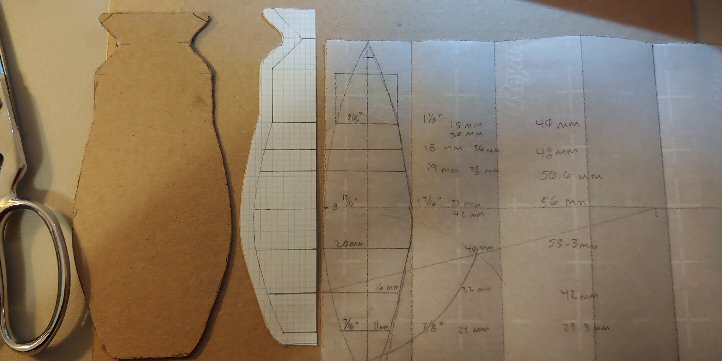
Three methods: a showdown
Read more: How to add header column to hive table csvThis was done, not with the calculations Doctor Rick worked out, but with the method shown on the other page I linked to. Clearly it’s good enough for Jessica’s purposes; but for me, we still have to check out the method and see how accurate it is. Here is an image of the construction from that page, which uses circles rather than the sine curves of Doctor Rick’s formula: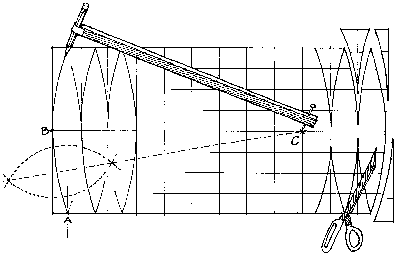
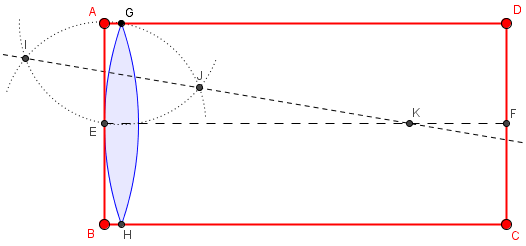

Last, Wallx.net sent you details about the topic “How To Make A Sphere From A Flat Sheet❤️️”.Hope with useful information that the article “How To Make A Sphere From A Flat Sheet” It will help readers to be more interested in “How To Make A Sphere From A Flat Sheet [ ❤️️❤️️ ]”.
Posts “How To Make A Sphere From A Flat Sheet” posted by on 2021-11-04 18:05:13. Thank you for reading the article at wallx.net
